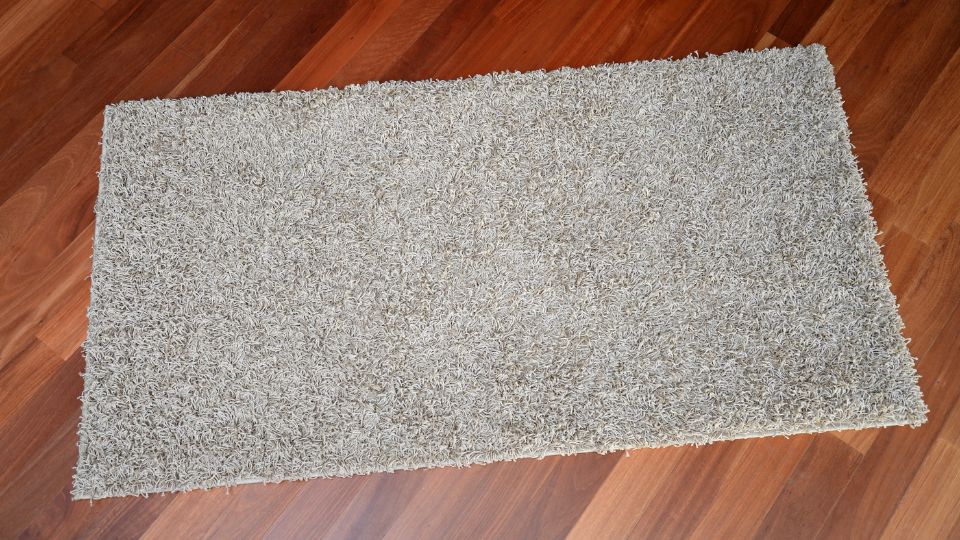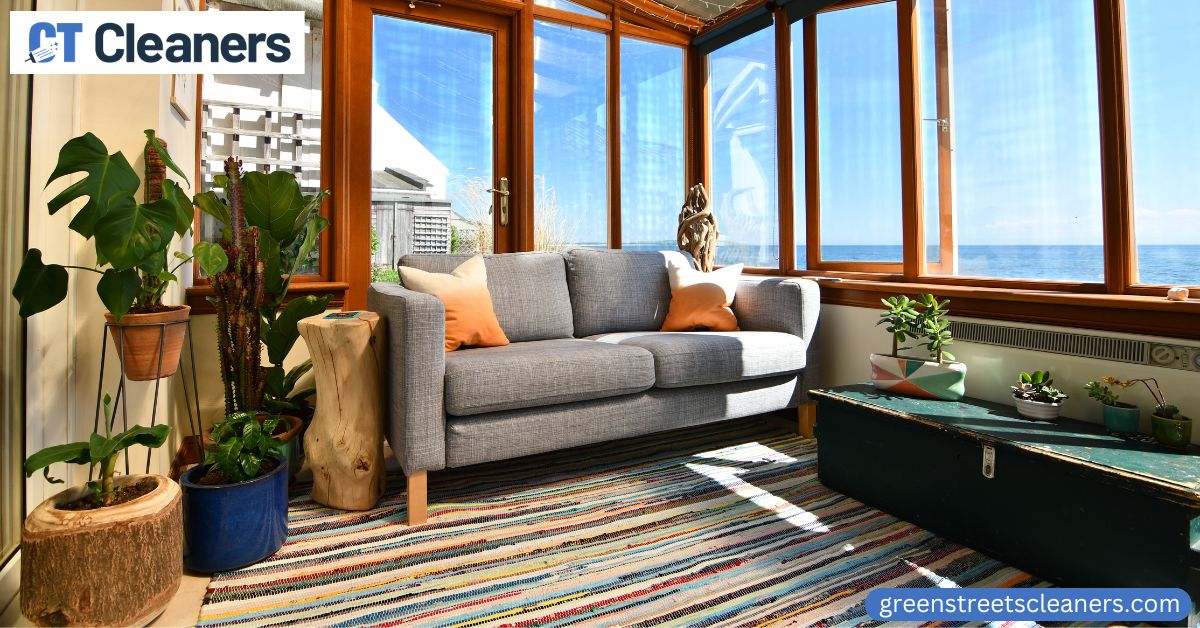Rug padding offers a range of benefits to any home or commercial space, but it is especially important in Wall Street. Installing rug pads can help to improve safety and sound insulation, as well as increase the comfort and durability of the flooring beneath. It also has the potential to save money over time due to its wear resistance and protective qualities.
In this blog post, we will look at what rug padding is, the different types and thicknesses available, as well as the advantages of using rug padding in Wall Street. We will also provide you with some important factors to consider when choosing a rug pad for your space.
What is Rug Padding?
Rug padding is a fundamental accessory for any indoor rug. Not only does it make rugs feel softer and more comfortable underfoot, but it has several other distinct advantages as well. Rug padding helps to absorb impact and noise, thereby protecting both the flooring underneath and the rug itself from damage caused by heavy furniture or foot traffic. Additionally, a quality rug pad will extend the useful life of an area rug considerably by providing an extra layer between the surface of the hardwood or tile floor and the fibers of the rug.
Rug padding can also prevent slipping on polished wood floors; some pads are designed with antimicrobial properties to help guard against mildew, mold, and odors. Therefore, investing in a high-quality carpet pad is an easy and inexpensive way to increase the comfort level and longevity of your area rugs.
Benefits of Rug Padding in Wall Street
Rug padding has numerous benefits for rug owners located in Wall Street. Adding rug padding increases the rug’s longevity and can tremendously decrease rug cleaning expenses over the long term by protecting rug fibers from abrasive surfaces, preventing rug fibers from becoming crushed, and reducing wear on the rug. This, in turn, will increase the rug’s resiliency as well as its overall aesthetic appeal with added cushioning and insulation that helps protect against cold, hardwood, or tile floors.
Additionally, rug padding can help reduce slipping hazards that come from having a slippery surface to stand on when walking across it; this is especially beneficial for areas with high foot traffic which can be frequent in Wall Street offices. Ultimately, by investing in adequate rug padding today, owners can ensure their rugs remain maintained for years to come.
“Availing rug padding services was an amazing experience. Their customer service and quality of products were top-notch, which made me feel valued as a customer. They had various options for padding that would be suitable for the type of rug I wanted to buy and their staff was very knowledgeable about all of them.”
-Kirsten H., Wall Street
Types of Rug Padding
Rug padding plays an important role in protecting your rugs and extending their lifespan. There are a variety of types of rug padding.
Felt
One type of rug padding is felt rug pads, which tend to be relatively thin and inexpensive. Felt rug pads provide cushioning for the area beneath the carpet, helping to reduce wear and tear. They can also help to prevent slipping and noise from footsteps. Felt rug pads are best used in areas with low traffic, such as bedrooms or living rooms.
Foam
Another type of rug padding is foam carpet padding. Foam provides more cushioning than felt, which makes it ideal for high-traffic areas such as hallways or stairs. It also provides noise reduction and prevents slipping more effectively than felt rug pads. However, foam padding can be slightly more expensive than felt rug pads.
Rubber
Rubber rug padding is the thickest type of pad available, which makes it ideal for high-traffic areas where cushioning is needed. Rubber is also the most effective at preventing slipping and noise from footsteps. It is slightly more expensive than foam padding, but it provides superior shock absorption and protection for your rug.
Recycled Fibers
Recycled fiber rug pads are made from recycled materials such as plastic bottles, which makes them an eco-friendly option. They provide cushioning and noise reduction like the other types of rug padding but are even more affordable. However, recycled fiber rug pads can be less durable than other types of padding, so they may need to be replaced more often.
Synthetic Fiber
Synthetic fiber rug pads are made from synthetic materials such as polyester or nylon. They provide cushioning, prevent slipping and noise reduction, but are more expensive than other types of padding. Synthetic fiber pads are also more durable than recycled fiber pads, so they’re a good option for high-traffic areas.
Advantages of Using Rug Padding in Wall Street
Investing in rug padding in Wall Street presents many advantages. Improved safety is one of the major benefits; rug padding helps to prevent slippage or bunching, leading to fewer trips or falls near desks or in hallways. In addition, sound insulation brought on by the padding means a calmer and quieter atmosphere which can positively affect overall productivity and performance.
Further, the comfort, convenience, and durability that come with this type of padding are unmatched compared to other options available in the Market. Last but not least, investing in rug padding also brings cost savings down the line as it produces an easier-to-maintain environment with fewer repairs needed. Thus, it’s no surprise that so many investors are looking into how they can use rug padding to their benefit in Wall Street.
Factors to Consider When Choosing Rug Padding in Wall Street
When it comes to selecting rug padding in Wall Street, there are several factors to consider.
Size and Shape of the Area rug
The first factor to consider is the size and shape of your area rug. Depending on the rug size, you may need to select a different type of padding. For larger rugs, thicker padding may be necessary while thinner pads are better suited for smaller rugs. Consider the shape of your rug as well – circular or oval rugs will require a differently shaped pad than rectangular or square rugs.
Type of Flooring Underneath the Rug
The next factor to consider is the type of flooring that your rug will rest on. Different types of flooring require different types of padding because each type has different levels of wear and tear associated with it. For example, hardwood floors often require a more cushiony pad than ceramic tile does.
Amount of Traffic in the Area
The amount of traffic in the area is also an important factor when choosing rug padding. If you have a high-traffic area, such as an entryway or hallway, then you’ll want to select a more durable pad that can handle ongoing wear and tear. On the other hand, if it’s a low-traffic area, then a thinner pad may suffice.
Type of Rug Material
Finally, you’ll want to consider the type of material that your rug is made from. Different materials require different types of padding in order to prevent damage or wear and tear over time. For example, wool rugs require softer pads than synthetic rugs do.
In conclusion, rug padding is an important factor to consider when buying or installing a rug in Wall Street. There are various types of rug padding available that provide different levels of cushioning and noise reduction. Investing in the right type of rug padding can help prolong the life of your rug and protect it from wear and tear over time.
Carpet cleaning services in Wall Street can also help to extend the life of your rugs and keep them looking their best. Carpet patching is also useful for repairing rug and carpet damage and restoring your carpet to its former glory. With the right carpet care, you can ensure that your rugs remain in great condition for many years to come.









